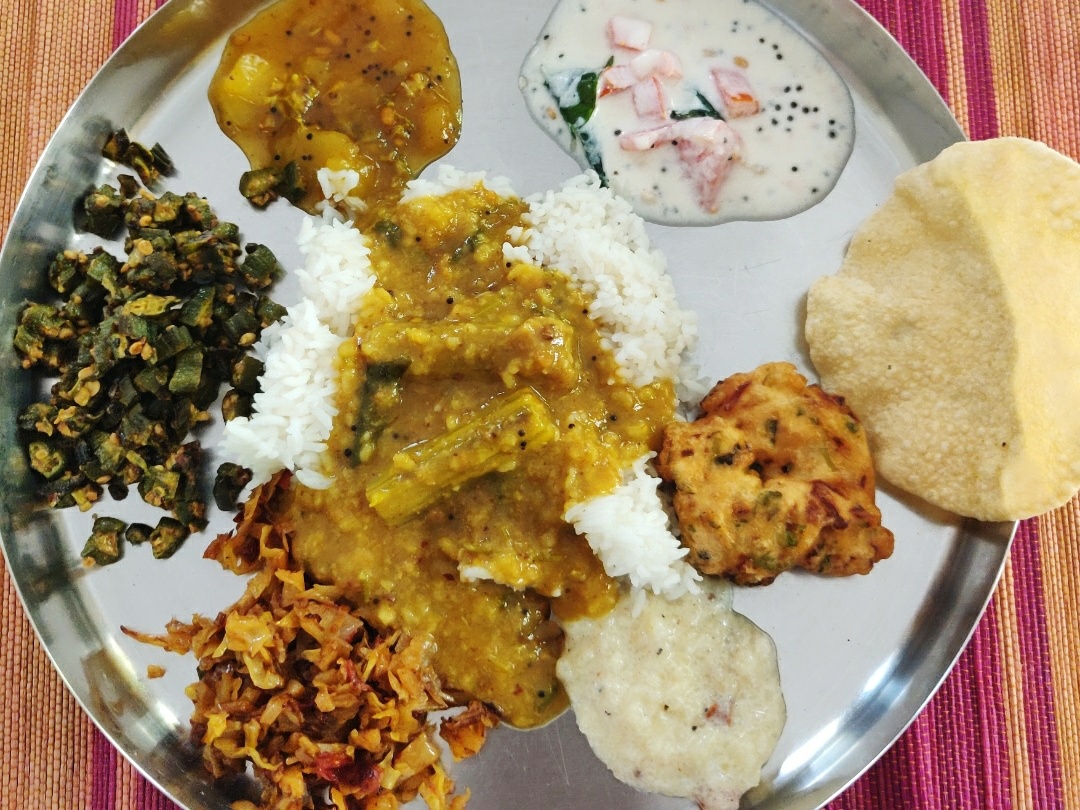Hello World, Please Zoom Into Indians With a Less Blurry Lens

Indian culture and heritage has become more visible in the global public sphere in the past few years. International political figures such as Kamala Harris and Rishi Sunak have been vocal about their Indian heritage through their platforms. Indian Prime Minister Narendra Modi has also been a topic of interest for major international media outlets and his political decisions are constantly evaluated and critiqued. Major tech companies like Google and Microsoft have Indian CEOS at the helm. Recently, the Indian economy surpassed the UK to become the fifth biggest economy in the world.
Yet, despite this growing relevance of the country in an international sphere, there seems to be a strong lack of global awareness and recognition of the diversity of India’s rich cultural heritage.
In Hollywood, one of the most well-known portrayals of an Indian is the character Rajesh Koothrapali from the incredibly successful TV show, the Big Bang Theory. Despite being a successful astrophysicist, he is incapable of talking to women, making him single and lonely for most of the show. He is the most awkward in his group of friends and lacks the independent storylines and character development of other characters like Sheldon, Leonard and Howard. His portrayal is deeply anchored in cultural stereotypes and the portrayal of his Indian heritage is laughable. This flawed and unrealistic portrayal of Indians in Hollywood is so common that Priyanka Chopra addressed it when talking about her show Quantico. “I wanted to make sure that Indian talent is recognized without the box that we are usually kept in,"she said. "Everybody doesn’t speak like Apu from The Simpsons. We all don’t smell of curry. We all are not ugly-looking nerds, who are shy and always keep sitting behind their computers.”
A typical Bengali fish preparation . Image Credit: Aditi Partha
India is a country that is rooted in ancient civilization and has been the seat for remarkable developments in art, literature, music, philosophy and science. Today, the country has 22 major languages. Its cultural diversity means that the threads of fashion, cuisine, art, song and dance make for an intricate, yet deeply textured and layered tapestry. As an Indian student abroad, I often find myself amused at the lack of knowledge about my country’s diverse heritage. I have been asked several times if I miss “super spicy food” here in Paris (my family cuisine is primarily Tamil and Bengali and while it uses several spices to create complex flavors, it is not spicy). People have complimented me several times for my English, commenting on my lack of a thick Indian accent (everyone I know from India talks the way I do). Many assume that my music preferences are Bollywood songs (In regard to music from my country, I don’t listen to Bollywood songs at all; and since I grew up listening to devotional chants, I listen to it often along with Classical Carnatic music, which I am trained in). What I find shocking in these comments is the repetition of these specific compartments that I am repeatedly placed in when the reality is that India is not one box. It is a cupboard that stretches on to a seemingly endless horizon with a multitude of differently shaped, coloured and textured drawers.
A typical tamil meal. Image Credit: Aditi Partha
Zooming in on AUP, the Global Communications Program is one that boasts an all-encompassing, international approach to problems that are confronting the world today. Of the many opportunities that the program offers, the India Practicum is one that allows for students to experience and immerse themselves in a new cultural framework. I spoke to Dr. Tanya Elder, Program Director of the MA in Global Communications and founder of the India Sustainable Development Practicum, to understand what prompted her to develop this aspect of the curriculum.
Professor Elder came to the United States from India in the 1980s at the age of sixteen and realized through her own cultural shock that American high schoolers had no concept of the rest of the world. "I didn’t know what a pair of Levis or Nike shoes were. I had no references when it came to material culture and the importance that it played in identities in America. It just seemed so surreal,"she said. She wondered what would happen if she took a group of American high schoolers to India for a month to see how their worldview would change: "Everything would change. They couldn’t come back the same because they would see another world where their Nikes or their Levis would not have that importance any longer." This thought experiment and Elder's bewilderment and incomprehension of American values as a teenager is what ultimately led to the development of the India practicum at AUP. "India, and Auroville specifically, is a place where students can engage with cultural differences and work with so many initiatives. It’s safe, it's beautiful, and there is a possibility for students to start envisioning what work would be like in the world and work towards a better future.”
However, while the practicum is an ideal environment to immerse oneself in Indian culture and is guaranteed to leave a lasting impact, the overall Global Communications program structure would definitely benefit from incorporating the Indian perspective. Whether it is through a semiotic incorporation of Indian paintings and sculptures into the syllabus or papers and documentaries that discuss India’s rich cultural and political landscape (both of which are highly complex and would thus make for an enriching academic experience), weaving together elements that characterizes India would undoubtedly enrich the Global Communications Program at AUP. Students would be able to engage with ideas and contexts that are profound and intricate and find ways to both critique them as well as incorporate them into the framework through which they observe and analyze the world today.
The endeavor to gain wider cultural awareness and knowledge is intrinsic to enriching one’s perspectives and approach to life. There must be the recognition of the fact that a country like India has a myriad of cultural symbols and ancient wisdom to offer. Books are one of the most easily accessible sources of information and allow for the reader to pace themselves to meet the intensity of the content. For a better understanding about the roots of Indian culture and key ideas that wove themselves together to shape Indian society, The Renaissance in India and Other Essays on Indian Culture by Sri Aurobindo is an excellent book brimming with insight and wisdom.









